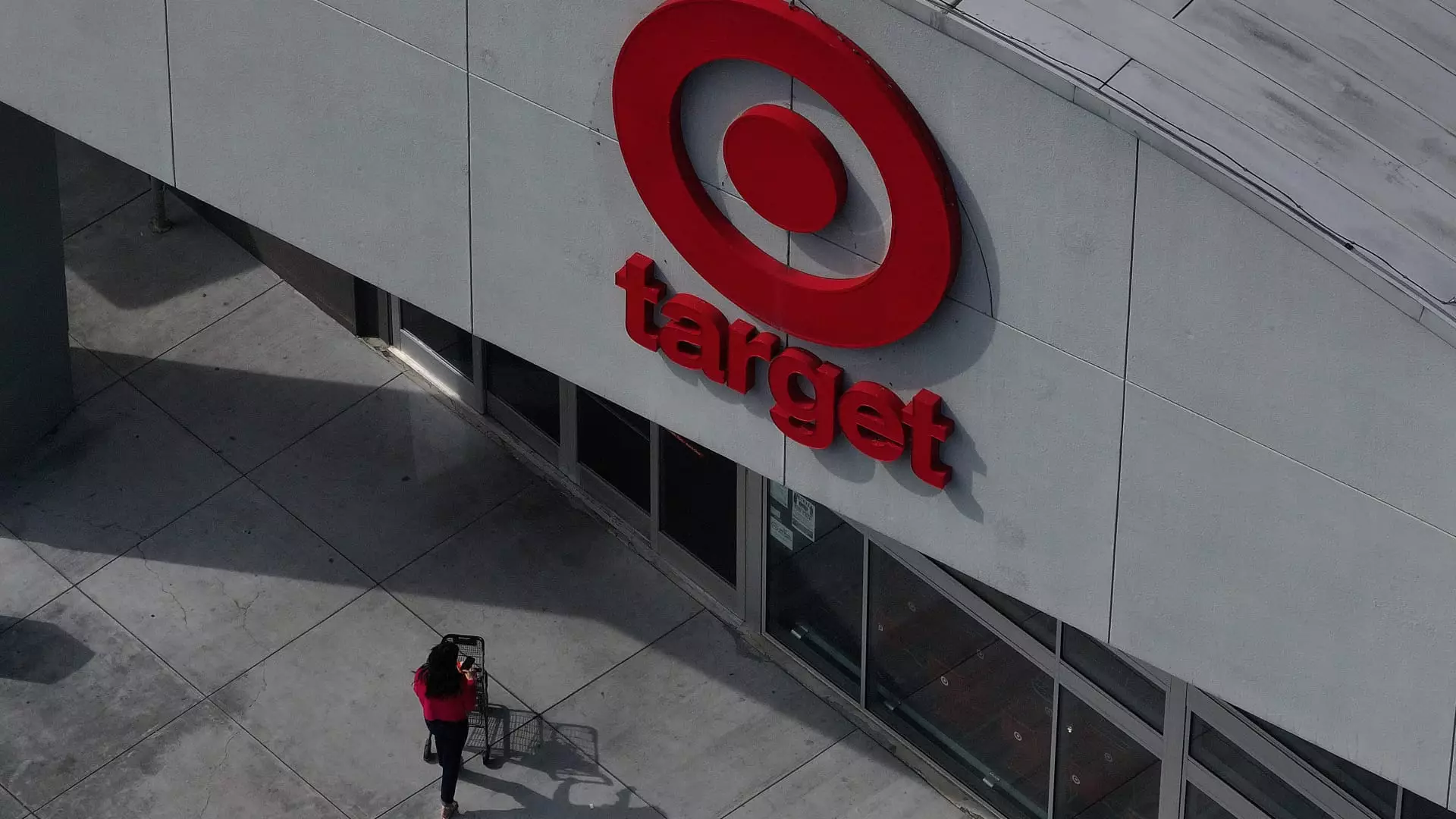In a bold move to reclaim its competitive edge, Target has unveiled a multi-faceted strategy aimed at generating over $15 billion in revenue growth over the next five years. This pronounced strategy, presented at an investor meeting in New York City, stands as a testament to Target’s resilience in an increasingly challenging retail landscape. However, the announcement comes amid troubling signs regarding its current performance, as the retail giant grapples with dwindling profits and a stock price that has already seen an 11% decline this year. The question looms: can Target transform its ambitious vision into reality, or is this a desperate attempt to pivot away from ignominious decline?
A Closer Look at the 3rd Party Marketplace: Is It Enough?
Among the most significant facets of Target’s game plan is the expansion of its third-party marketplace. Drawing inspiration from major players like Walmart and Amazon—as many traditional retailers have endeavored to do—Target aims to multiply its third-party digital sales from $1 billion in 2024 to more than $5 billion by 2030. The spotlight will be on incorporating established household names rather than focusing on fresh, unique items from small businesses. This strategy raises critical concerns: will this emphasis on brand familiarity truly entice consumers, or is there a risk that Target will merely dilute its brand identity in an over-saturated market?
Moreover, while expanding the marketplace can undoubtedly generate revenue, it risks alienating the very customer base that has historically thrived on Target’s curated assortment of unique and stylish goods. Retail is not just about numbers; it’s also about cultivating a shopping experience that encourages customers to explore—an experience that could be jeopardized if Target leans too heavily on familiar big brands.
Additionally, Target plans to double the size of its in-house media network, Roundel, which reportedly generated more than $2 billion in value last year. While it certainly shows potential for growth, this redundancy mimics Walmart’s own advertising strategies—a game that both companies must navigate carefully. Will this platform yield a meaningful ROI, or is it a costly pursuit that distracts from their core mission of delivering quality products and value?
A significant amount of capital—an estimated $4 to $5 billion—will bolster not only this media initiative but also the supply chain and store improvements. Although enhancing media outreach is important, prioritizing it over tangible retail fundamentals risks creating a gap in performance. Consumers savvier than ever demand a seamless blend of great products and smart convenience; the media hype won’t substitute for a lack of quality goods, especially when competitors like Amazon and Walmart continue to adapt at an alarming pace.
Notably, in an attempt to return to its more rudimentary retail tenets, Target’s leaders have reiterated the importance of offering fresh, desirable products. Failing to grasp this core principle has led to significant lagging sales. With so many households in search of high-margin discretionary merchandise—something that Walmart has increasingly capitalized on—Target’s struggle to resonate in this category is alarming. Their strategy to bolster categories like gaming, home goods, and apparel is important, but will it even scratch the surface?
Target’s plan to partner with celebrity chefs for new food and beverage items is a calculated risk, yet it begs the question—will such high-profile collaborations foster consumer loyalty, or are they merely short-lived marketing gimmicks? Part of Target’s charm has historically been its ability to inspire and surprise shoppers, bringing them unique finds that they never knew they were looking for. Nostalgically, one could argue that focusing too heavily on collaboration might reduce Target’s essence into just another retailer in the Great Everything Store battle.
Confronting the Challenges: Supply Chain and Delivery Dilemmas
In this highly competitive arena, efficiency is paramount. Target’s commitment to modernizing its supply chain and investing in technology is commendable, aimed at addressing issues like stock-outs and delivery delays. However, with the focus on quick responses to emerging trends, will they inadvertently prioritize speed over quality? As exemplified by the explosive growth of e-commerce competitors like Shein and Temu, the unforgiving retail landscape rewards those who can adapt rapidly and at scale.
To foster genuine customer connection and restore Target’s previous allure, the retailer has to strike a balance between technological innovation and the fundamentals that made it a household name. Ultimately, it isn’t merely about big investment numbers—it’s about how effectively they enhance, rather than undermine, the customer shopping experience.

